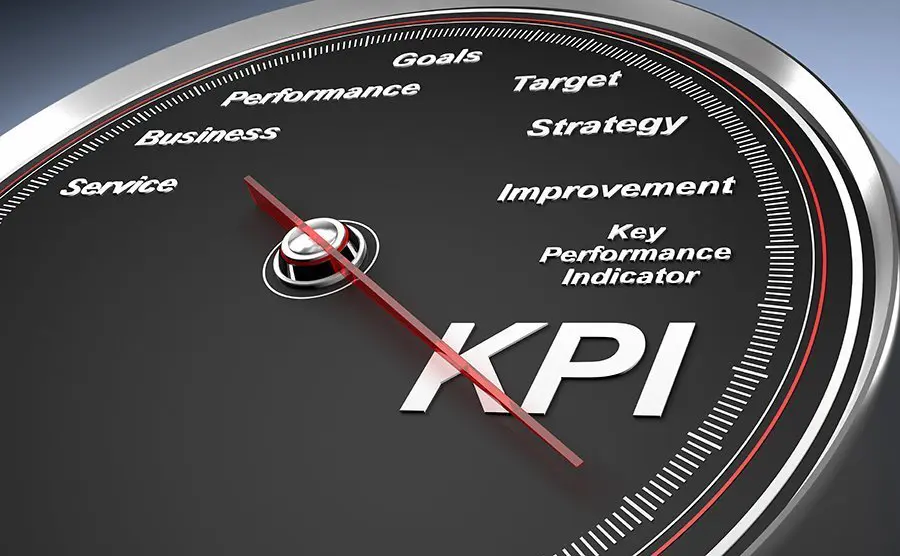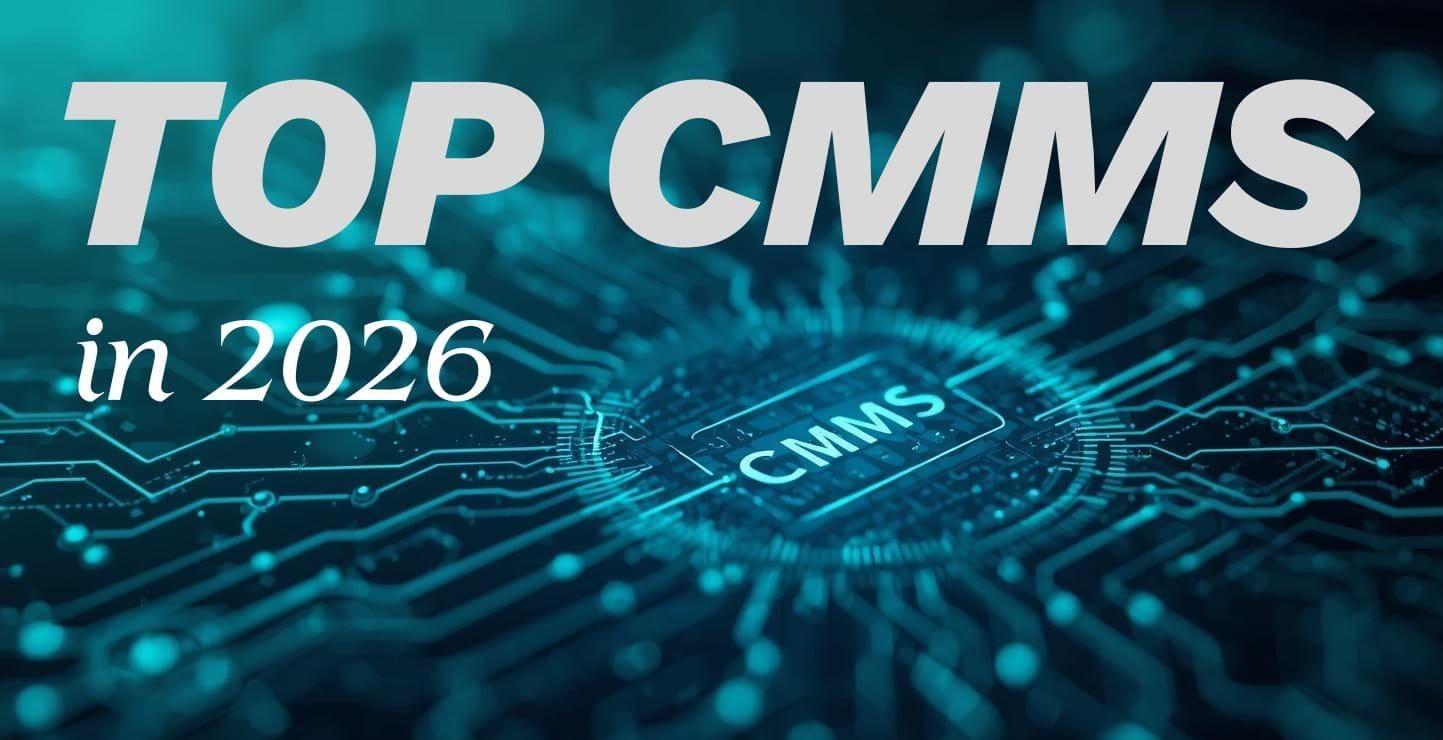If there’s one thing we love here at MPulse, it’s watching new customers discover what CMMS software can do to improve their maintenance operations.
MPulse customer Ned described it as: “Using MPulse will tell a story that the others don’t even know is there to be told.”
Your maintenance story is unique, and MPulse helps you find it via your key performance indicators (KPIs). KPIs evaluate your success in the areas you care about, giving you a new level of insight on what’s going on in your department. Knowing KPIs for application support and maintenance is crucial to reaching your teams goals.
Table of Contents
What Key Performance Indicators Should I Track?
Maintenance managers should concentrate on the KPIs that measure their goals, whether that is…
- Reducing downtime
- Decreasing costs
- Preventing equipment failures
- Finding bottlenecks
- Expanding planned maintenance programs
- Tracking time or inventory
- Fine-tuning schedules
- Improving efficiency and productivity
Six Important KPI’s For Maintenance
CMMS software uses the data gathered in every work order to create meaningful KPIs that tell you about the effectiveness of your maintenance strategies. For example, six maintenance KPIs that most MPulse customers find handy include…
- Planned Maintenance Percentage: the percentage of the total hours spent on PM maintenance activities over a specific period
- Preventative Maintenance Compliance (PMC): the percentage of scheduled PM tasks that get done in a specific time interval
- Mean Time to Repair (MTTR): the average time to evaluate and repair failed equipment
- Mean Time Between Failures (MTBF): the predicted time between failures of an asset during normal operation
- Overall Equipment Effectiveness (OEE): the percentage of manufacturing time that is truly productive
- Maintenance Backlog: the percentage of uncompleted tasks
Related Article: Five Steps to Help You Tackle Your Maintenance Backlog
These maintenance KPIs are common, but you can track many more in MPulse Maintenance Software. Over time, MPulse helps you pinpoint trends and determine what areas need more attention. You also can create benchmarks to measure current performance against historic performance or goals.
Your organization’s story is going to be different than anyone else’s story, and that’s true for the KPIs you want to track as well.
Find your maintenance story. Contact us today.






